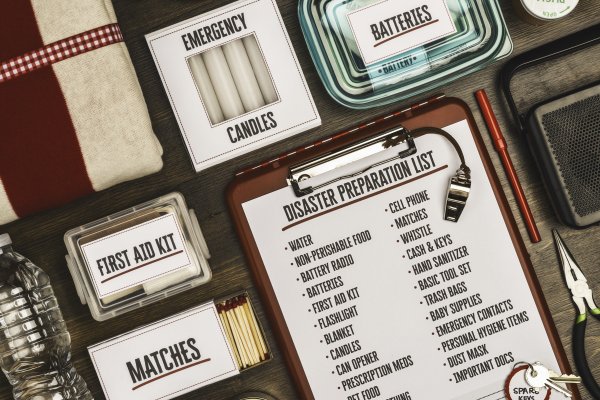Each year, many Americans suffer from different mental health conditions, like Major Depressive Disorder and Anxiety Disorders. Some seek help, while others deal with the negative symptoms alone. Stigma, mistrust, misinformation, fear, or socioeconomic status can prevent us from seeking help.
Addressing these negative symptoms is very important. They can affect several aspects of our lives, including work, social interactions, and personal relations.
Here are some important facts about mental health:
- In 2020, 21% of U.S. adults (52.9 million) experienced a mental health condition. 1
- Due to COVID-19, the number of anxiety and depressive disorders grew worldwide. Depressive symptoms grew from about 193 million people to 246 million worldwide. This represents an increase of 28% in cases. Anxiety disorders grew from 298 million to 374 million, close to a 25% increase. 1
- In the U.S., young adults ages 18 to 25 have the highest rate of experiencing mental health conditions (30.6%). They are followed by those ages 26 to 49 (25.3%) and adults ages 50 and over (14.5%).1
Every year, Mental Illness Awareness Week occurs in the United States during the first week of October. During this week, various organizations come together to promote activities about mental health. This campaign aims to raise public awareness about mental health issues in support of individuals and families. While the week has passed, the importance of bringing awareness to this topic remains year-round.
Activities take place to increase understanding and support for those living with mental illness. The education and resources provided during this week can reduce stigma and other factors preventing us from seeking help.
These activities can include:
- Educational Events: Workshops, seminars, conferences, and informational sessions. They provide information about mental health conditions, treatment options, and strategies for managing mental health challenges. 2 (NAMI | National Institute of Mental Health)
- Public Awareness Campaigns: Mental health organizations often launch public awareness campaigns using various mediums to share stories, statistics, and information related to mental health. These include social media, posters, and online content. 2 (S. Department of Health and Human Services)
- Community Outreach: Local events, support groups, and community discussions are often organized to foster understanding and support among individuals, families, and communities affected by mental illness. 2 (988 Suicide & Crisis Lifeline)
- Advocacy Efforts: During this week, advocacy groups champion improved mental health services, insurance coverage, and policies that support individuals with mental health conditions. 2 (NAMI | National Alliance on Mental Health)
- Media Coverage: Media outlets may cover stories related to mental health, including personal stories of recovery, interviews with mental health professionals, and discussions about the importance of mental health awareness. 2 (SAMHSA | Mental Illness Awareness Week)
- Sharing Personal Stories: Individuals who have lived experiences with mental illness may share their stories to help and inspire others to seek help. 2 (S. Department of Veterans Affairs | Mental Health)
We can all participate in these activities every month to learn more about mental health topics, help raise awareness, lower judgment, and be mindful of others experiencing mental health challenges.
Look out for what Magellan Federal has to offer on this topic!
1 Mental Health Statistics. (2023, March 9). Forbes. https://www.forbes.com/health/mind/mental-health-statistics/#:~:text=Worldwide%3A%20Due%20to%20the%20COVID.
2 Mental Illness Awareness Week | NAMI: National Alliance on Mental Illness. (n.d.). Nami.org. https://nami.org/Get-Involved/Awareness-Events/Mental-Illness-Awareness-Week.





